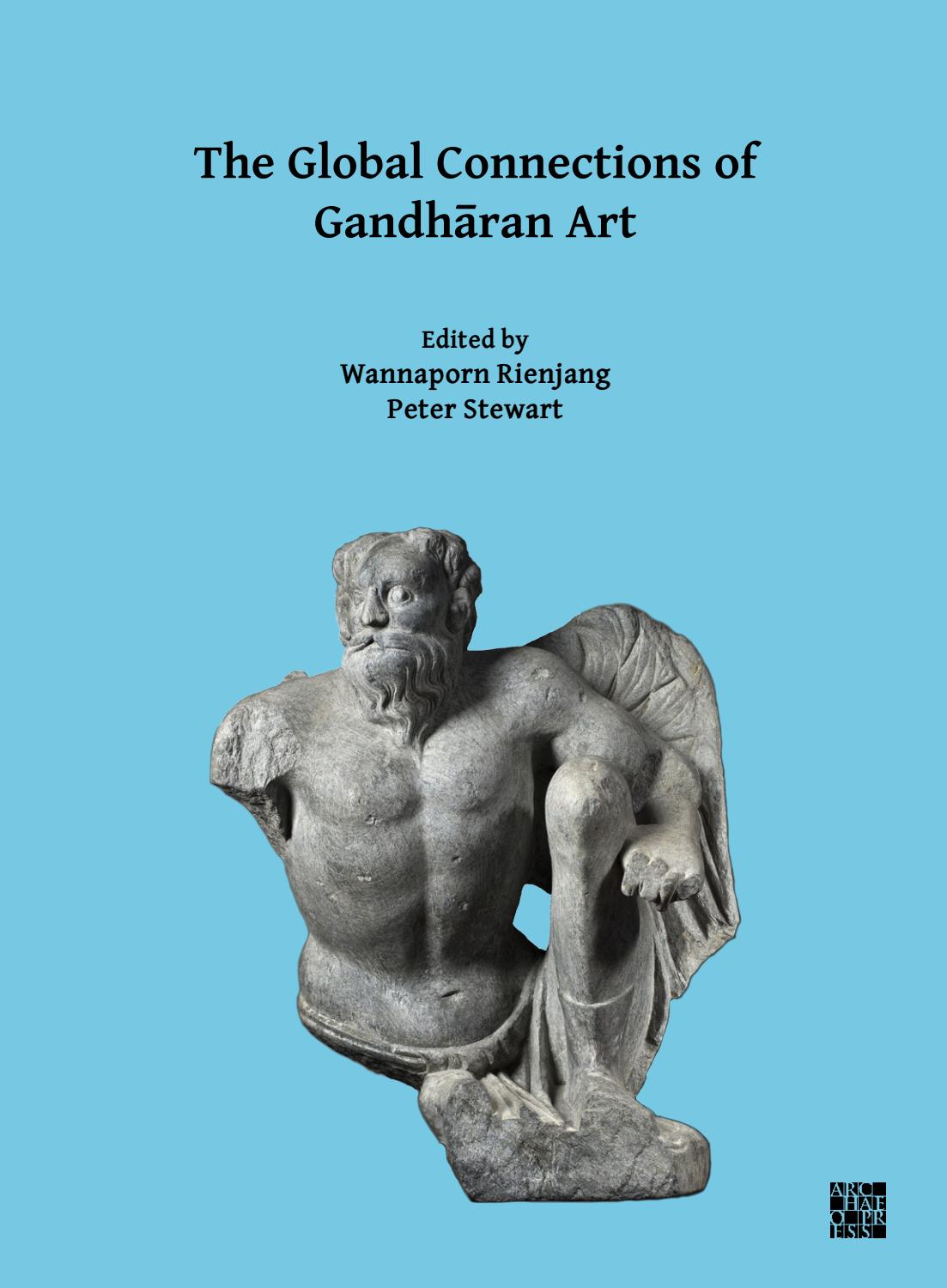The Roman Empire and Ming Dynasty were two of the most powerful empires in the world, despite being in different parts of the world at different times. They shared similarities in military, government, and cultural aspects, but also had their unique differences. The Roman Empire had a strong army and was governed by a divine emperor, while the Ming Dynasty had a powerful navy and was governed by a bureaucracy of civil servants. Roman culture was influenced by Greeks and emphasized art, literature, and philosophy, while Ming culture was influenced by Confucianism and Taoism and emphasized scholarship, art, and literature. Each empire left a distinct legacy based on their unique achievements.
Roman Empire vs. Ming Dynasty: Distinguishing Two Divergent Legacy of Dynasties
Introduction
The Roman Empire and the Ming Dynasty were two of the most powerful empires in the history of the world. The Roman Empire dominated the Mediterranean world from the 1st century BC to the 5th century AD, while the Ming Dynasty ruled China from the 14th century to the mid-17th century. Although they emerged from different parts of the world and at different times, these two empires shared similarities in their military, government, and cultural aspects. However, they also had their unique differences, which made each empire a distinct legacy of its time.
Military
Both the Roman Empire and the Ming Dynasty had strong military forces. The Roman Empire had one of the most formidable armies in history, and it was the backbone of the empire’s power. The Roman army was known for its discipline, organization, and efficiency. It was divided into legions, each of which was composed of about 5,000 soldiers. Each legion was led by a general and was further divided into cohorts, centuries, and maniples.
The Ming Dynasty, on the other hand, had a powerful navy and army. The navy was particularly strong, with the aim of protecting the empire’s coastlines and extending its influence over the seas. The Ming Dynasty’s navy was led by the famous admiral, Zheng He, who is known for his expeditions to Southeast Asia, South Asia, the Middle East, and East Africa. The Ming army was also strong, with a well-organized ranking system that identified soldiers based on their skills and loyalty to the emperor.
Government
The Roman Empire and the Ming Dynasty were both governed by powerful rulers who had supreme authority over their subjects. In Rome, the emperor was seen as a divine figure who had absolute power over the empire. The Roman Empire was divided into provinces, and each province was governed by a governor who had power over the people living in that region.
The Ming Dynasty, on the other hand, had a more complex government system. It was ruled by a series of emperors who were supported by a bureaucracy composed of civil servants. The civil servants were selected through a rigorous examination system, which ensured that they were competent and loyal to the emperor. The Ming Dynasty was also divided into provinces, and each province was ruled by a governor who was responsible for maintaining law and order and collecting taxes.
Cultural Aspects
The Roman Empire and the Ming Dynasty had different cultures, which were shaped by their histories, religions, and traditions. Roman culture was influenced by the Greeks, and it was characterized by an emphasis on art, literature, and philosophy. Romans were known for their innovative engineering, and they built some of the world’s most impressive structures, such as the Colosseum and the aqueducts.
The Ming Dynasty, on the other hand, was influenced by Confucian thought and Taoism. Confucianism emphasized the importance of education, respect, and social order, while Taoism emphasized the importance of living in harmony with nature. Ming culture was characterized by an emphasis on scholarship, art, and literature. The Ming Dynasty is known for its porcelain, paintings, and calligraphy.
Conclusion
The Roman Empire and the Ming Dynasty were two of the most influential empires in history. Although they emerged from different parts of the world and at different times, they shared similarities in their military, government, and cultural aspects. However, they also had their unique differences, which made each empire a distinct legacy of its time. The Roman Empire’s legacy is characterized by its military might, engineering feats, and contributions to Western civilization, while the Ming Dynasty’s legacy is characterized by its navy, bureaucracy, and cultural achievements.
